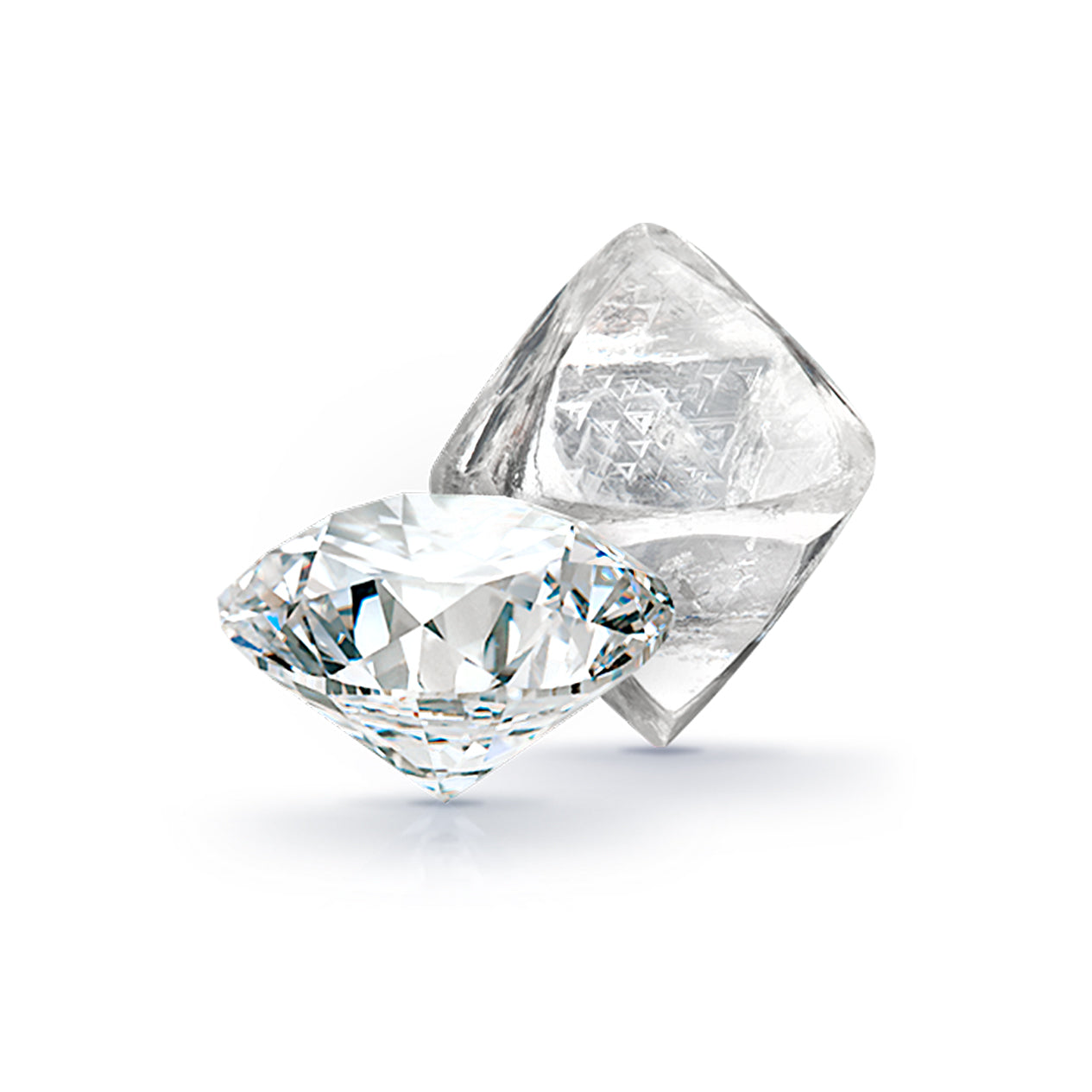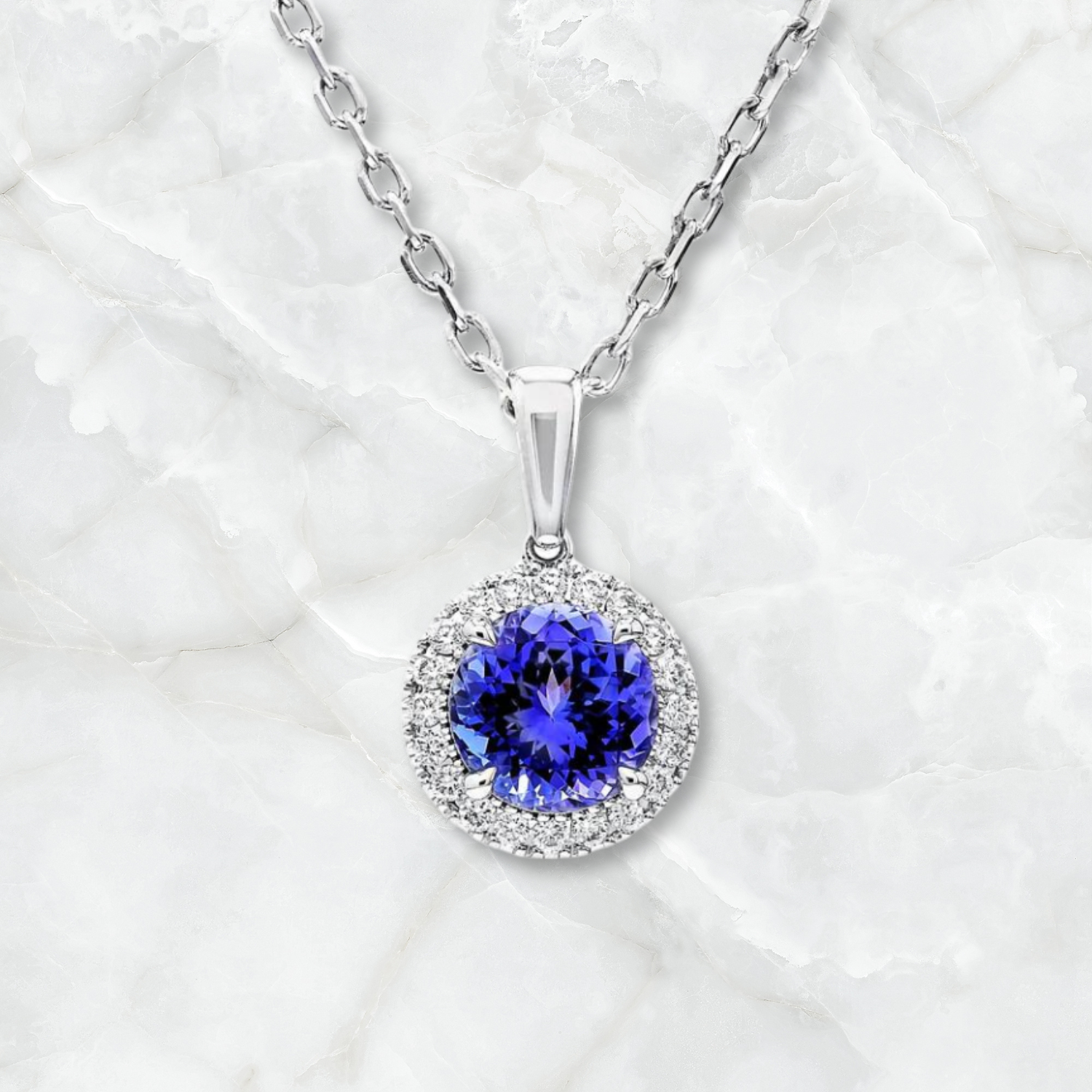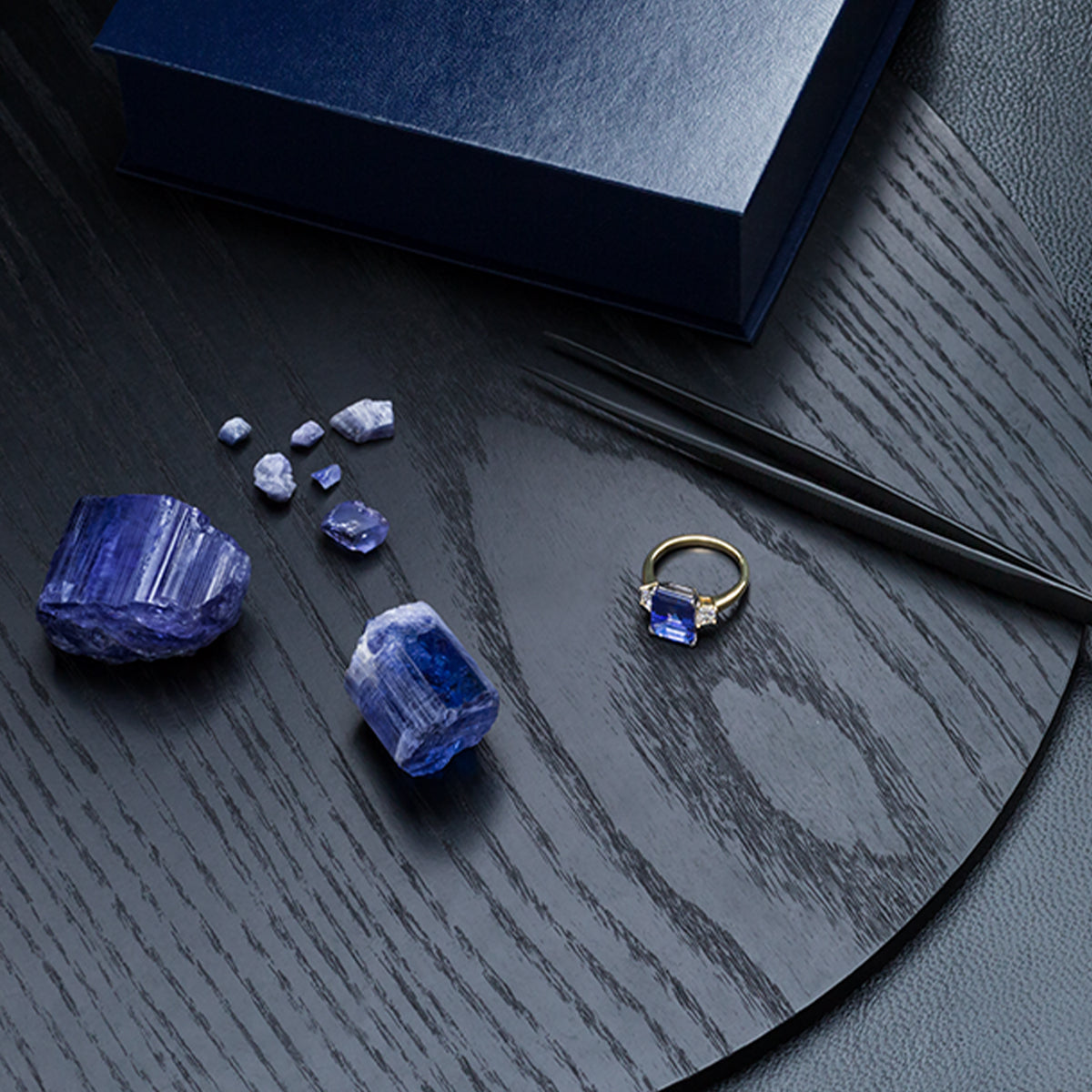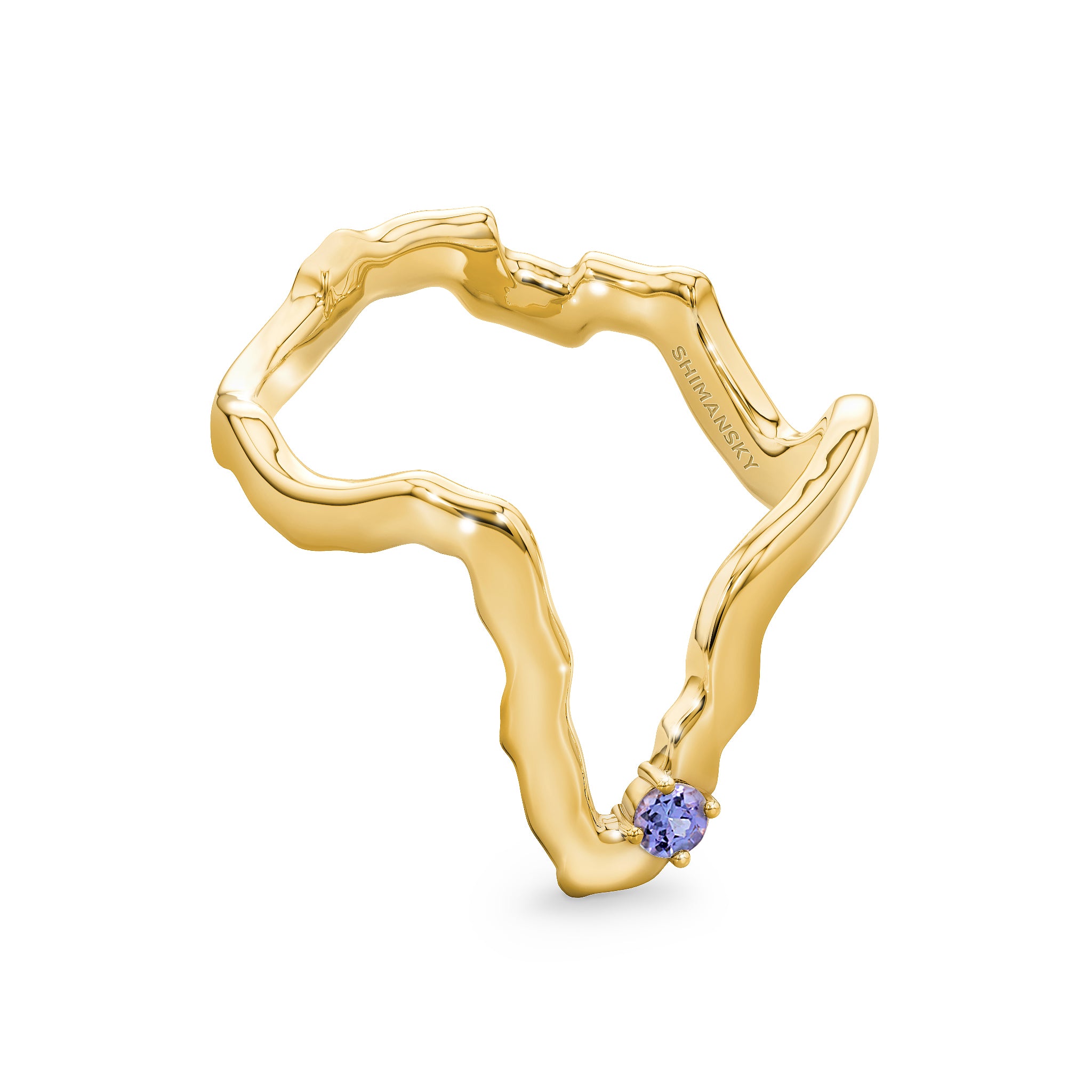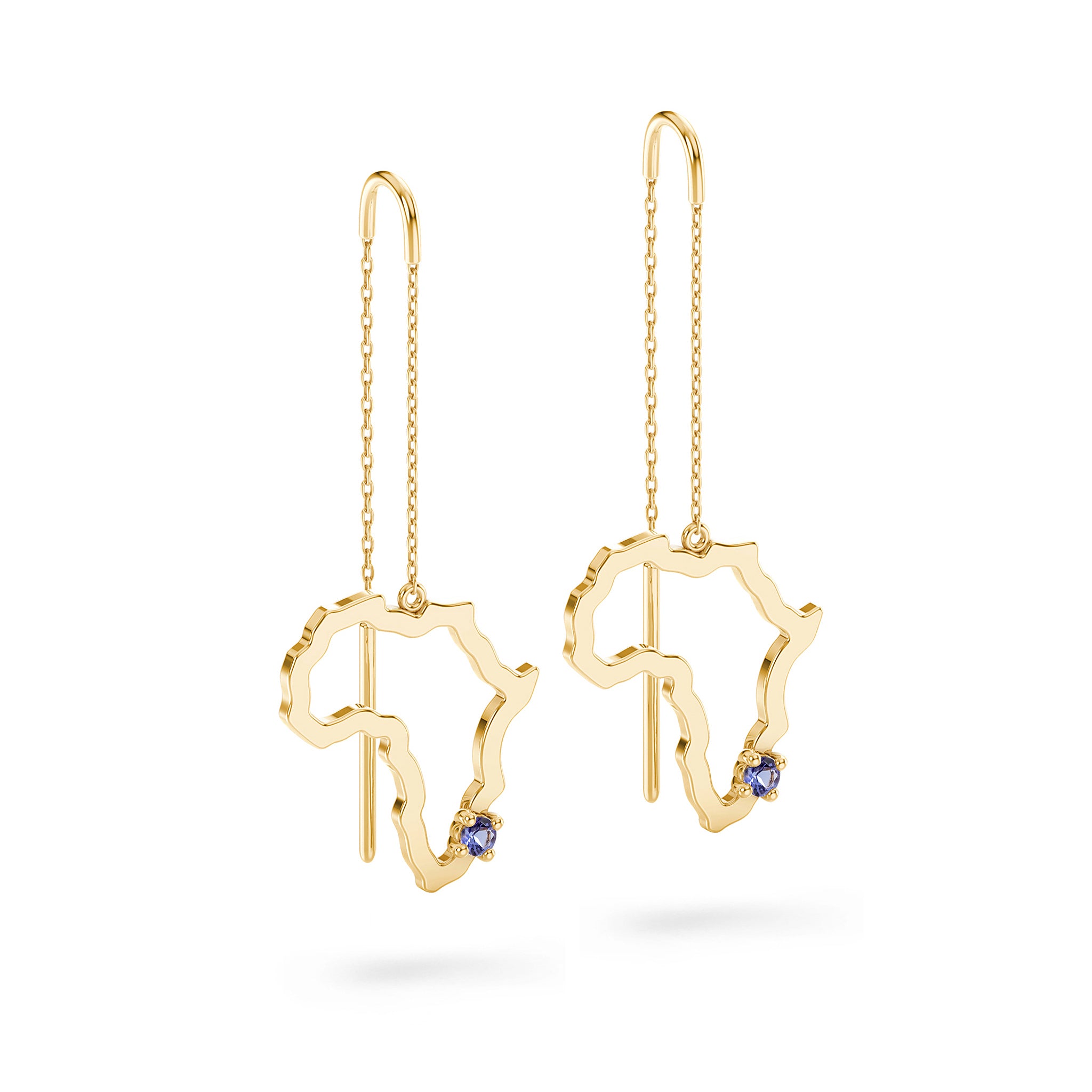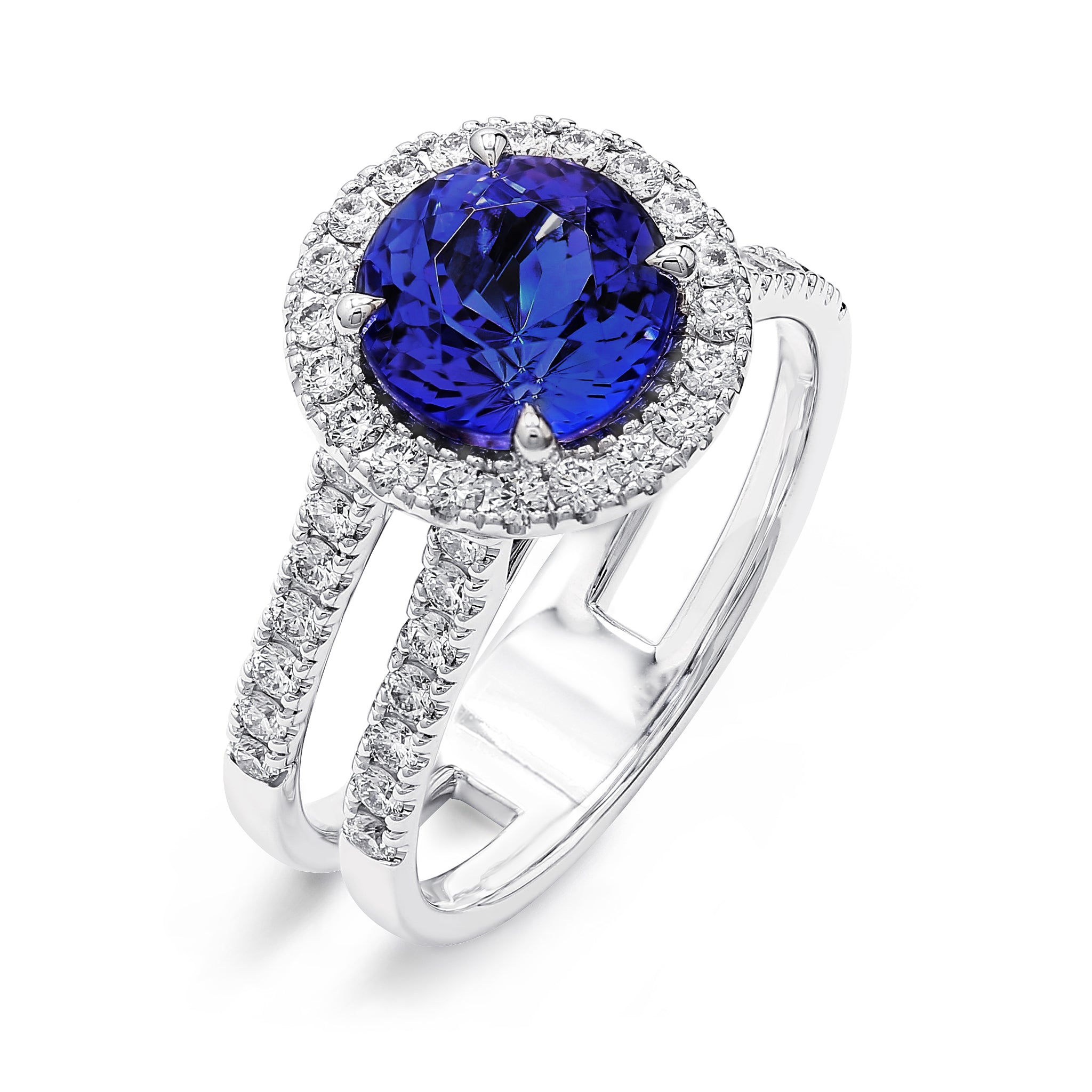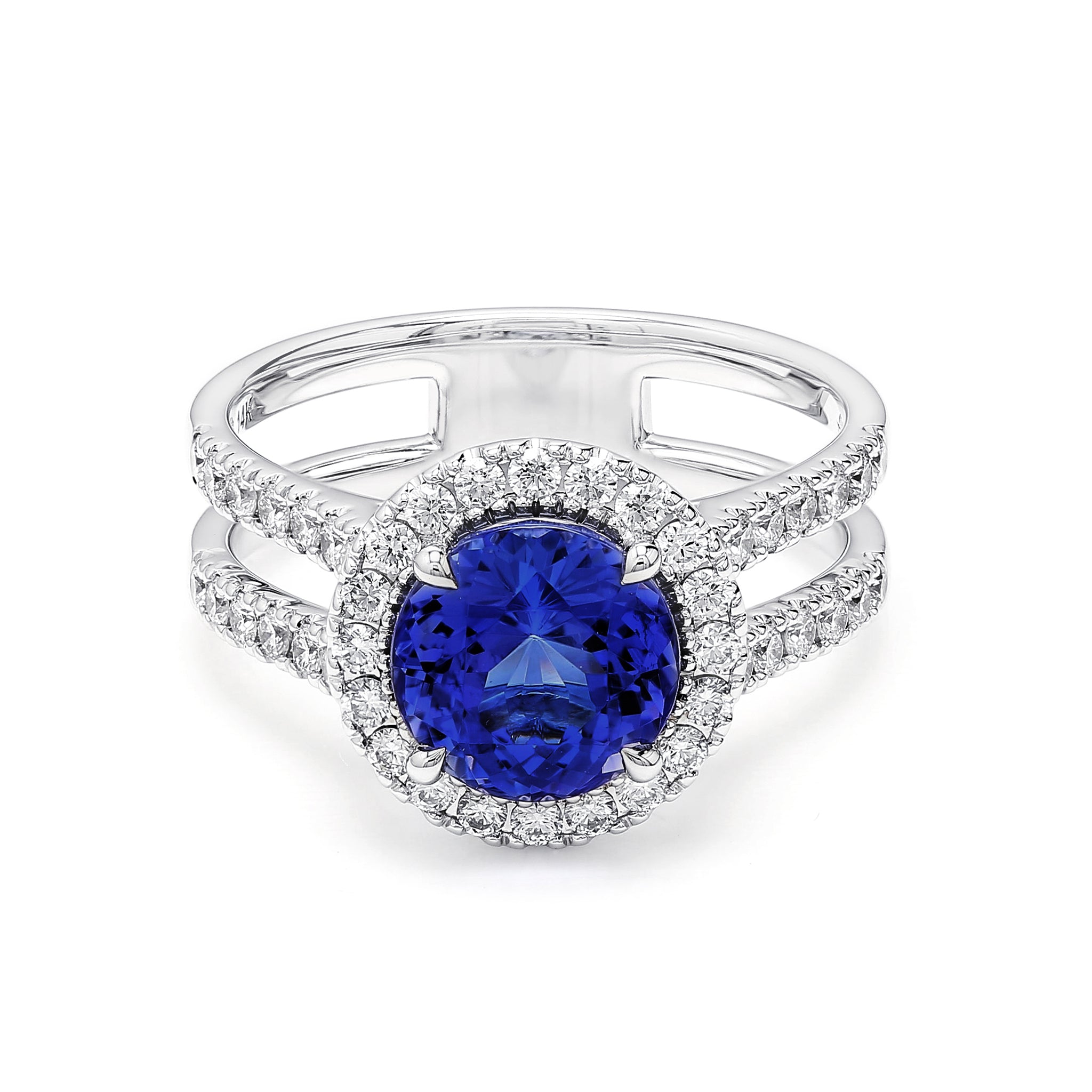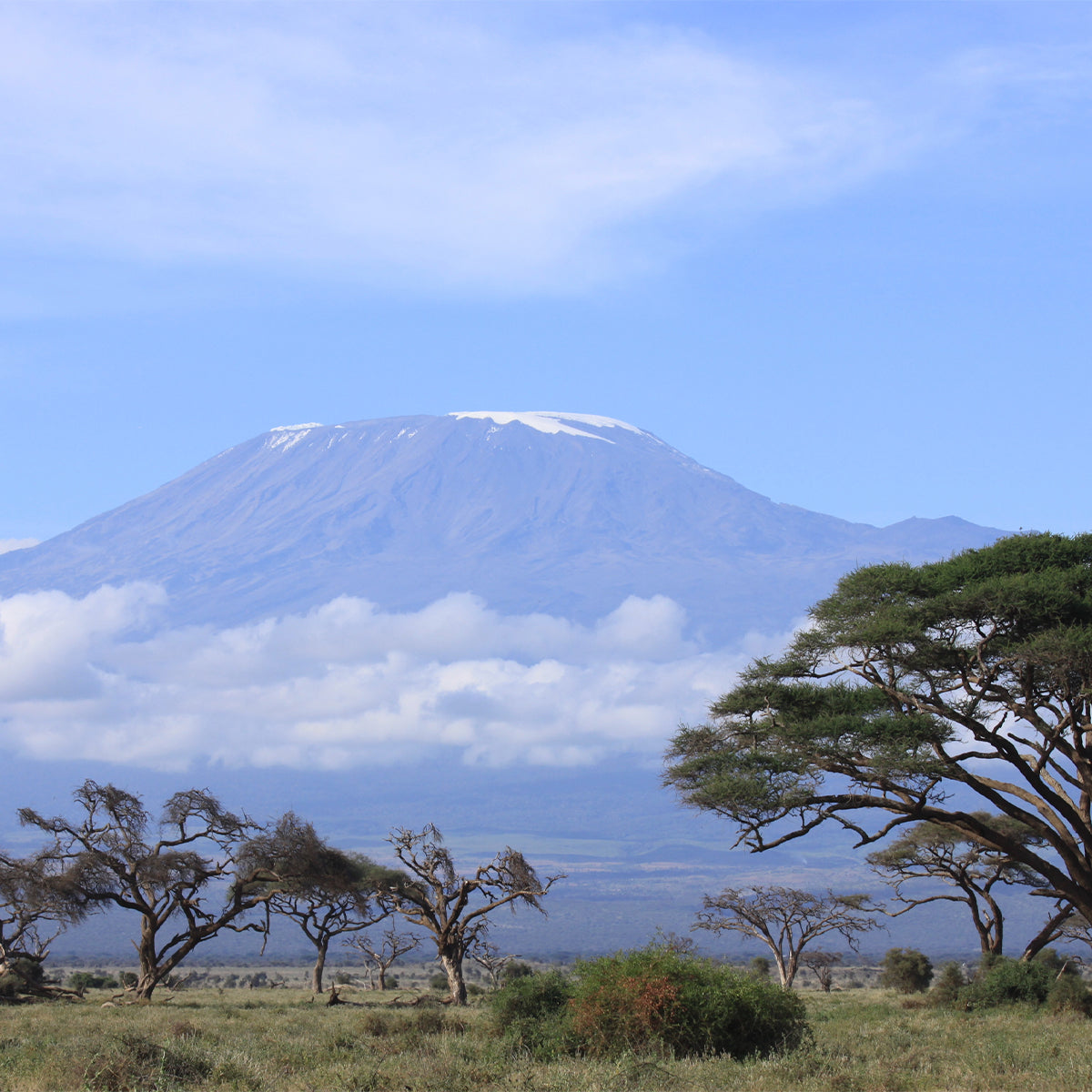
The Origin of tanzanite
Tanzanite’s only known source in the world is a 4km strip of land near Mount Kilimanjaro, northern Tanzania. This single, limited source renders tanzanite at least a thousand times more than diamonds. With only one known source to date, it is predicted that within the next 10 – 12 years no more gem-quality tanzanite will be found. Its geology is so unique that the chances of tanzanite occurring elsewhere in the world are highly unlikely. Because of this scarcity, tanzanite jewellery is extremely sought-after and valuable.
Tanzanite was brought into the commercial market place by Manuel D'Souza, a tailor by profession and prospector by passion, who incorrectly identified it as a sapphire. In years to follow, Tanzanite found its way to the GIA (Gemological Institute of America) in New York, who analysed the gem and identified it as a variety of the mineral zoisite.
Though there are various accounts of how tanzanite was first discovered in Tanzania, the most credible, and widely accepted story, started with an Arusha tailor named Manual d’Souza. On July 7th 1967, d’Souza discovered a cluster of transparent blue stones laying on the ground near the foothills of Mount Kilimanjaro, which he immediately mistook for sapphires.
He presented them to an acquaintance, who suggested they have the stones tested for hardness, in order to identify their compounds. The test ruled out the possibility of sapphires, as the stones were much softer than a typical sapphire. They were then misidentified as peridot, and later as dumortierite. The gems appeared to be something entirely new, unknown to the gemological world.
The gems discovered by d’Souza were sent off to the GIA (Gemological Institute of America), where expert gemologists identified them as a variant of the stone zoisite. At around the same time, the correct identification of de Souza's discovery was made by Ian McCloud, a Tanzanian government geologist in Dodoma, with later confirmations from Harvard, the British Museum, and University of Heidelberg.

Shortly after de Souza's discovery, he attempted to register his mining claim with the Tanzanian Government’s Mines & Geology Department, but he soon discovered that other prospectors had already registered zoisite mining claims before he managed to change the name of the gem on his original claim registration. During this period, another popular name for this variety of zoisite was "Skaiblu," a Swahili-language interpretation of the English term "Sky Blue."
The short strip of land at the foothills of Mount Kilimanjaro soon became covered in mines as people were hoping for their share in this new discovery. As a result, d'Souza was unable to maintain control over his mining claim. In 1971, the Tanzanian government took control of the mines and turned them over to the State Mining Corporation in 1976.

Tanzanite first became popular commercially when Henry Platt, the great grandson of Louis Comfort Tiffany, founder of the American jewellery manufacturer Tiffany & Co, fell in love with the gem. He became so excited at the prospect of selling it, that he immediately set about creating a marketing campaign around it, and he was adamant to be the first to bring tanzanite to the jewellery market on a grand scale.
It was Platt who named the gem “tanzanite,” after its country of origin, Tanzania. Platt famously called tanzanite "the most important gemstone discovery in over 2000 years." Seemingly overnight, tanzanite became the most coveted and popular gemstone in the world.
Today, tanzanite rings and other tanzanite jewellery creations are a popular choice not only for investment, but also to wear – the stones offer a unique beauty unachievable by other gems, and with their rich African heritage, they offer foreigners visiting Africa the opportunity to purchase a truly African keepsake.
Shimansky is home to the most beautiful tanzanite rings in South Africa. Sourced directly from the Maasai tribe in Tanzania, only the very best quality gems are chosen for each Shimansky Ayanda Tanzanite jewellery creation. The Shimansky Ayanda Queen of Tanzanite collection comprises a variety of breathtaking rings, pendants and earrings.
He presented them to an acquaintance, who suggested they have the stones tested for hardness, in order to identify their compounds. The test ruled out the possibility of sapphires, as the stones were much softer than a typical sapphire. They were then misidentified as peridot, and later as dumortierite. The gems appeared to be something entirely new, unknown to the gemological world.
The gems discovered by d’Souza were sent off to the GIA (Gemological Institute of America), where expert gemologists identified them as a variant of the stone zoisite. At around the same time, the correct identification of de Souza's discovery was made by Ian McCloud, a Tanzanian government geologist in Dodoma, with later confirmations from Harvard, the British Museum, and University of Heidelberg.

The true value of a Shimansky jewllery creation is only realised when it is worn by the person it is meant for.
Shimansky Jewellery
TANZANITE
0.27 TCW | Round | Classic | 14K White Gold
0.06 Carat | Round | Africa Design | 18K Yellow Gold
0.08 TCW | Round | Thread Dangling | 14K Yellow Gold
2.5 Carat | Round | Halo | 14K White Gold






